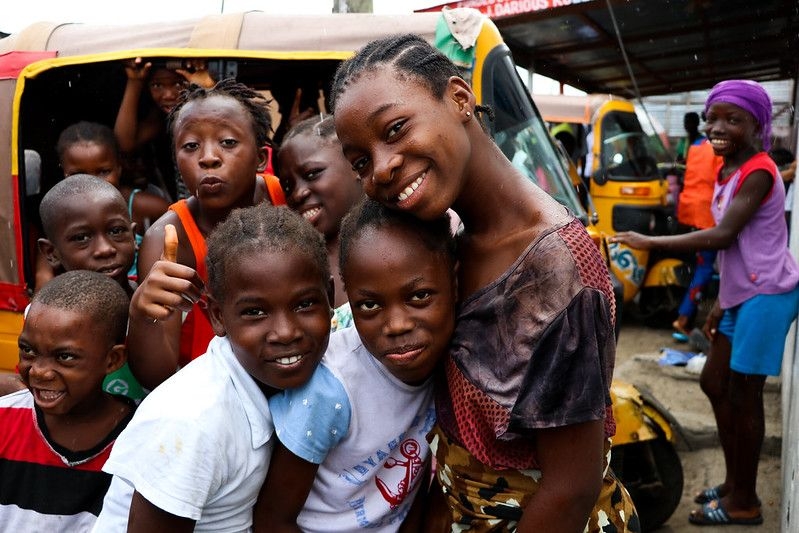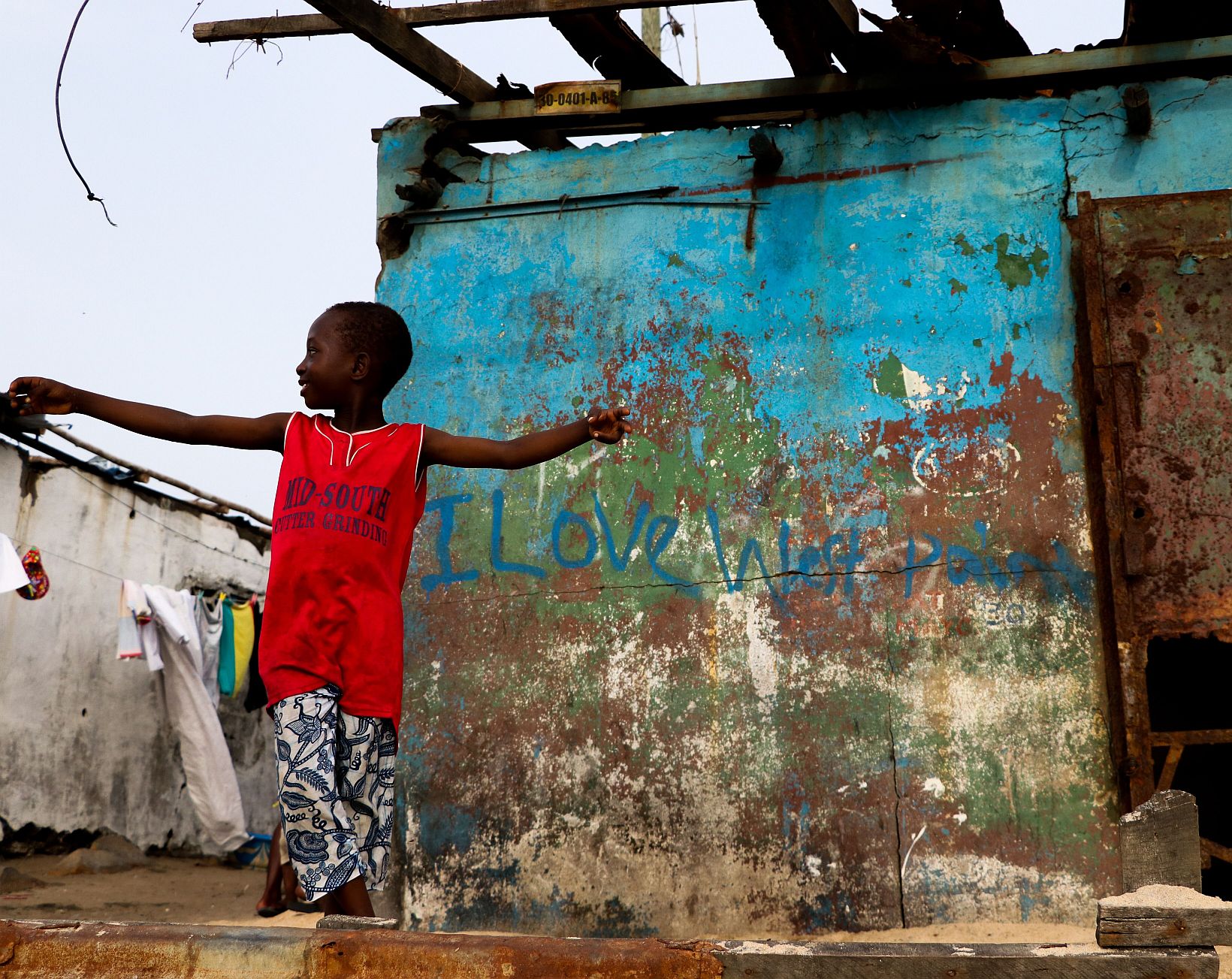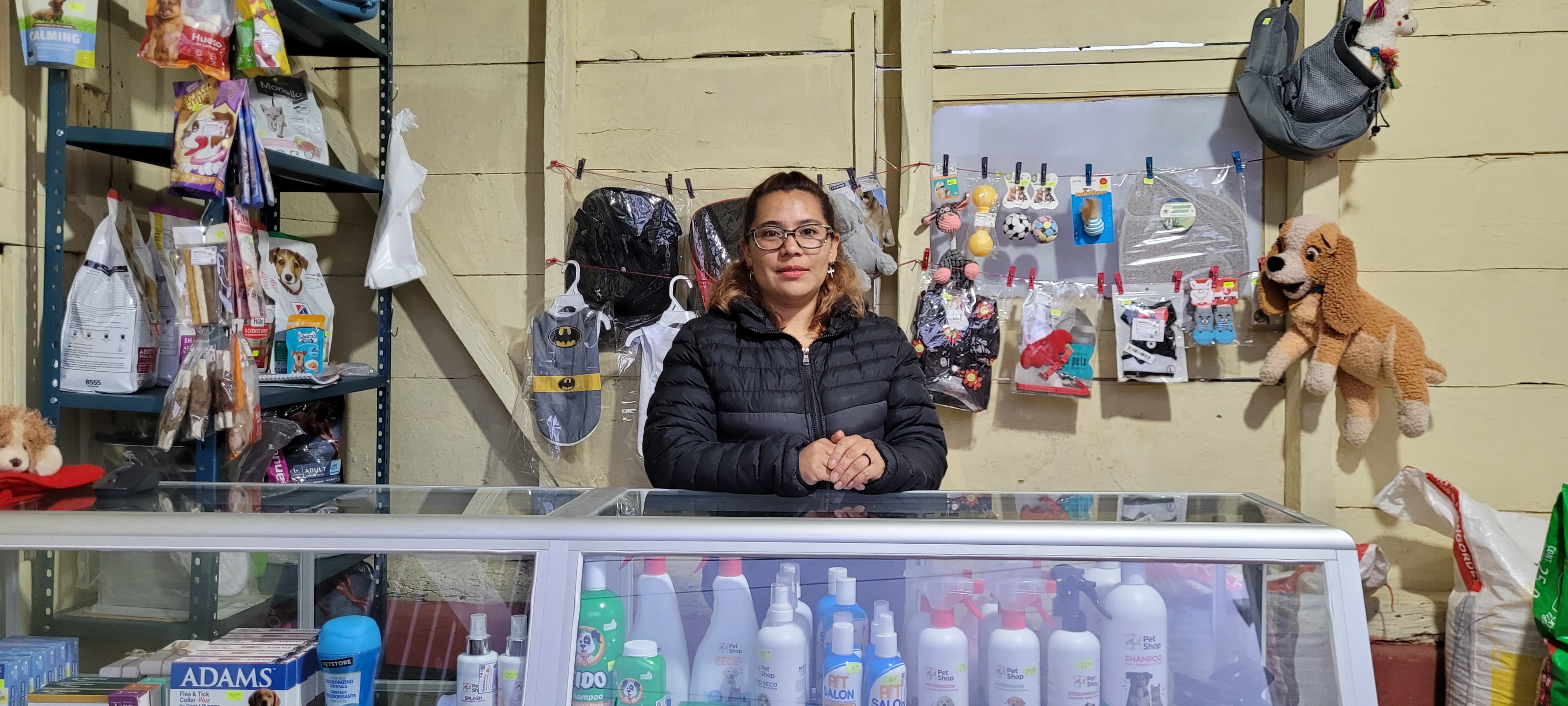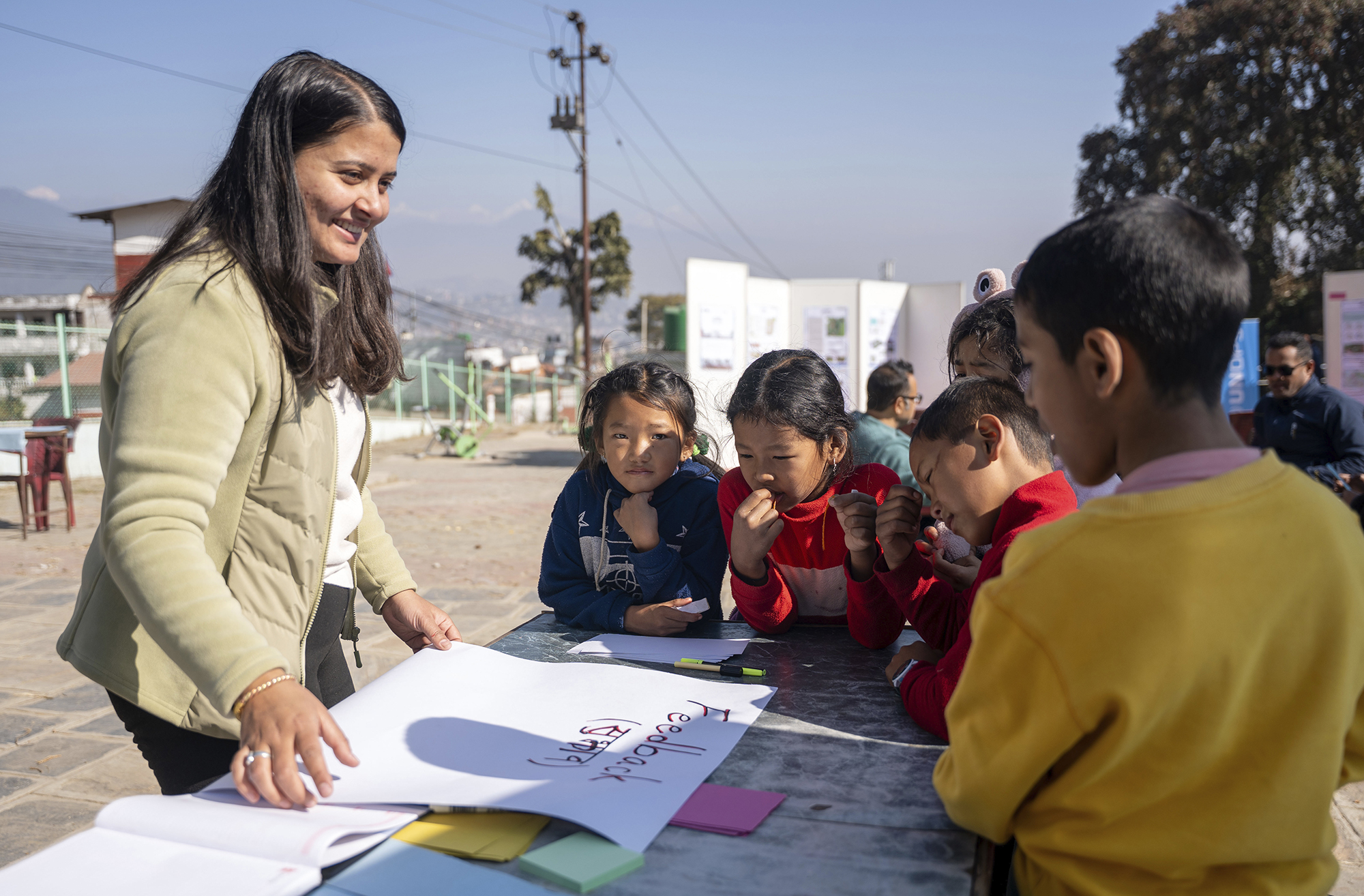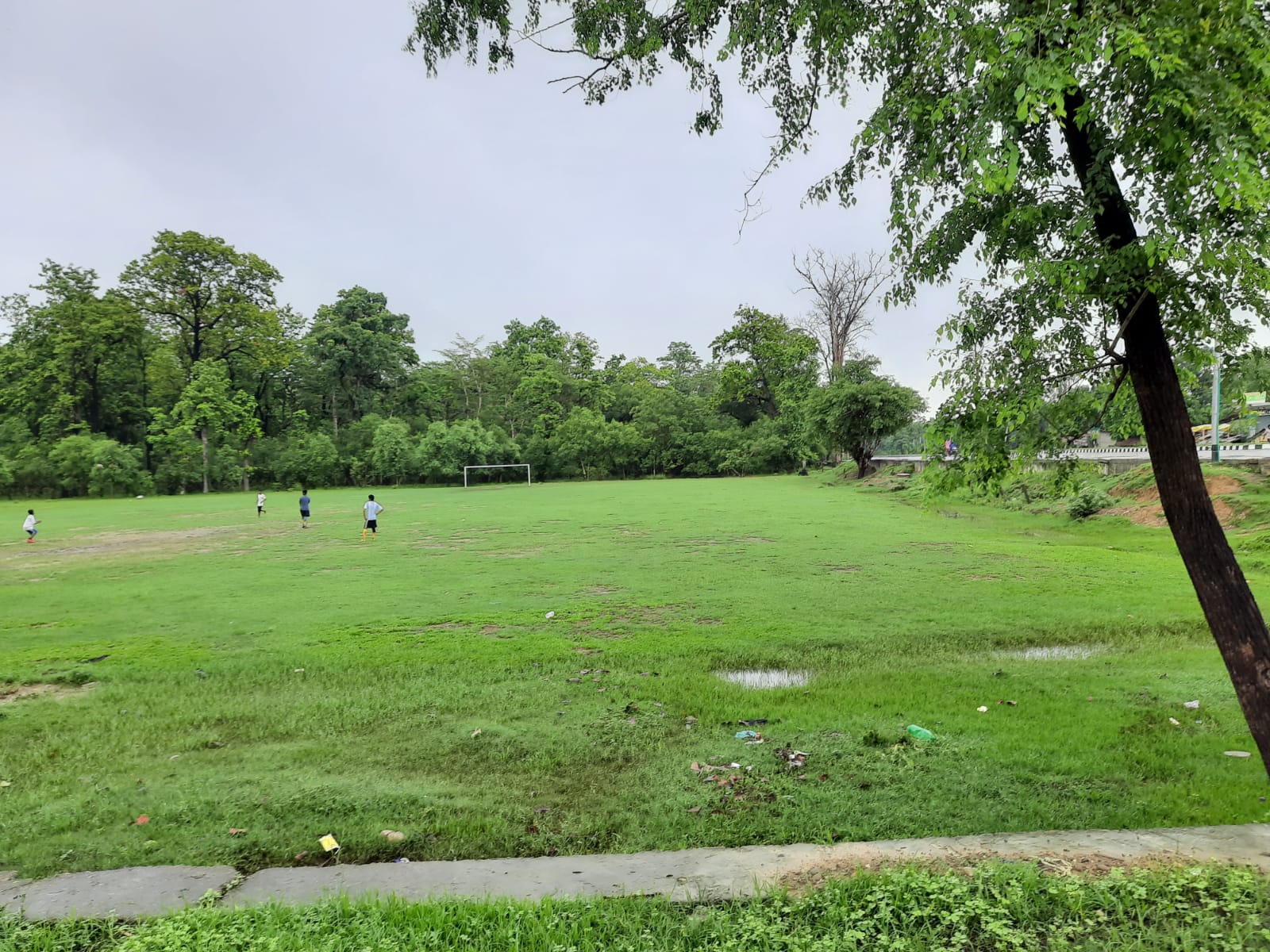This blog was first published by the Global Alliance – Cities4Children
Over 1 billion people – including close to 500 million children – live in slums and informal settlements, mostly in cities in Africa, Asia and Latin America. In 2023, the UN-Habitat Assembly approved a historic new Global Action Plan to accelerate transforming these informal settlements and slums. This plan aligns with Sustainable Development Goal 11 to make cities inclusive, safe, resilient and sustainable. But progress will not be made without urgent, immediate and significant funds and political commitments. Governments and donors: what are your plans to achieve SDG 11 and improve children’s lives?
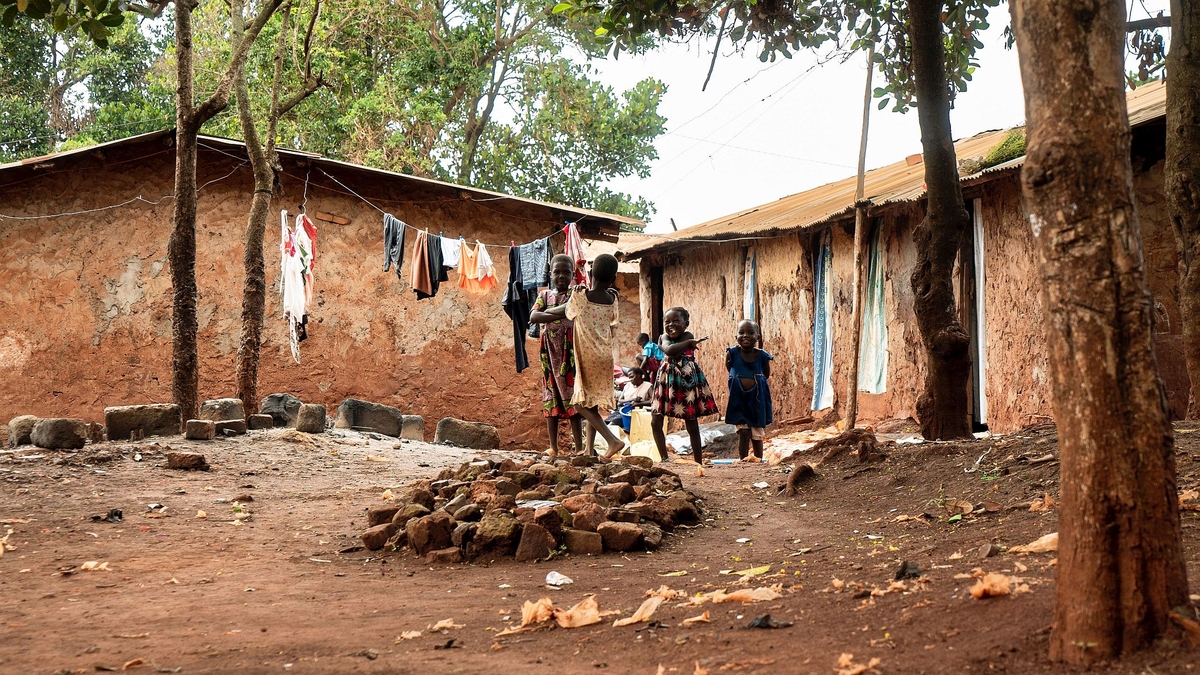
In 1999, Nelson Mandela called for a global commitment to improve the lives of 100 million slum dwellers as part of the Millennium Development Goals (MDGs). This MDG was met, and 100 million urban poor were lifted out of poverty. However, anti-poverty programmes in China and India were largely responsible for these gains, with little to no progress made in Africa and the rest of the world. Since that time, there have been no significant global commitments to tackle the challenge of slums.
The United Nations Sustainable Development Goals Progress Chart 2022 shows that globally, and particularly in Africa where the majority of urban growth will take place in the next 25 years, SDG 11 is regressing. In cities and towns in many African countries such as Tanzania, Niger, Ethiopia, Kenya and Uganda, 40–70 per cent of urban populations live in informal settlements. And with climate- and conflict-driven migration, millions more will arrive each year at the doorsteps of these cities. They will come with the hope for a better life, only to have their aspirations stifled by the reality of slums.
Global Action Plan: a window of hope for children?
The Global Action Plan: Accelerating for Transforming Informal Settlements and Slums by 2030 (GAP) was one of 10 resolutions passed at the UN-Habitat Assembly in June 2023. The GAP makes clear the extent of the problem:
The real slum challenge still lies ahead. Globally, the number of slum dwellers is projected to triple in the decades to come, if no action is taken. The elevation of the issue is urgent, and actions need to be taken now.
The GAP also provides 'a vision, principles, accelerators and actions to be taken on all governance levels to sustainably transform slums and informal settlements which will inform a Global Implementation Framework to ‘create a new momentum for slum transformation at scale’.
But what happens next? Here at Save the Children’s Urban Hub, we spoke with Julian Baskin from Cities Alliance. Julian is a member of the informality task team that supported the GAP and is now working to actively support its implementation, to understand more about GAP, and what it means going forward.
‘Children have to be placed at the centre of slum and informal settlement upgrading,’ said Julian, explaining that, especially in Africa, more than half the population in cities will be children. We couldn’t agree more. In the past, children and their needs have rarely been considered in slum-upgrading efforts. Secure tenure, upgraded and new housing and improvements in water and sanitation infrastructure have resulted in improved health for millions of children. But there have been few considerations on the priorities of children themselves.
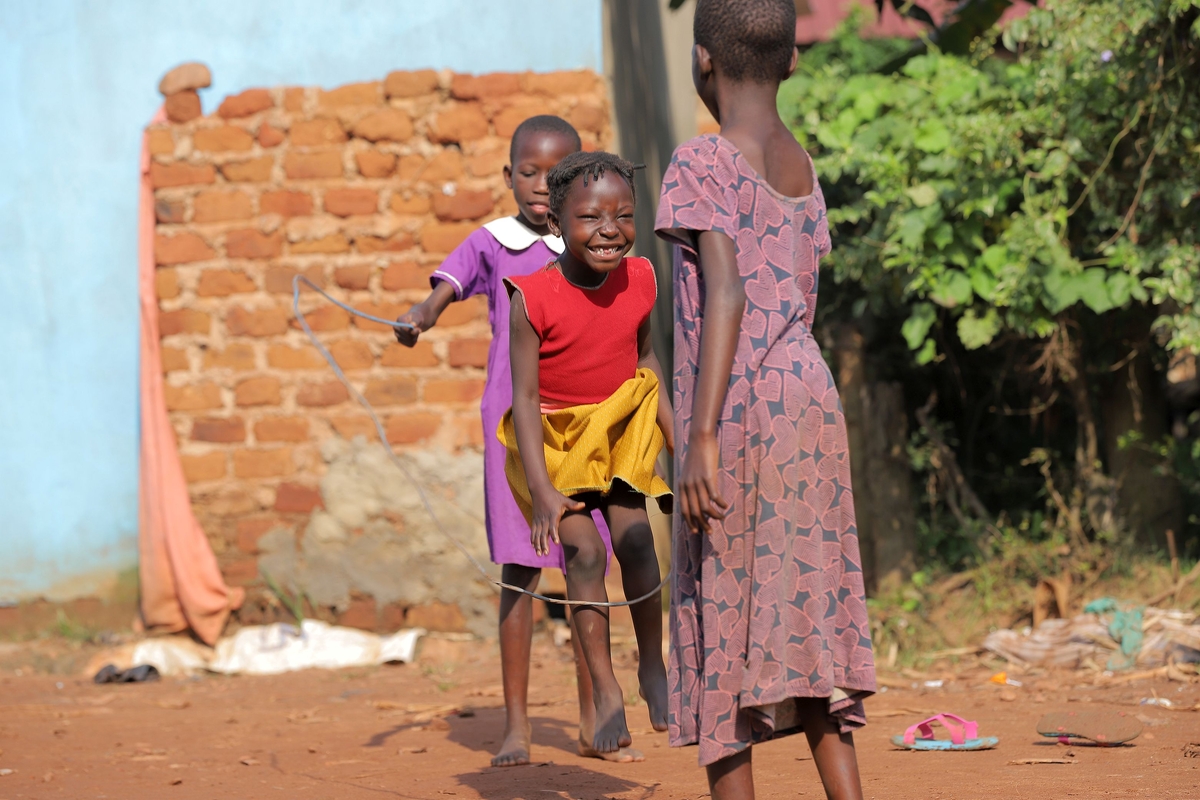
When children are asked about what they want in new or upgraded slums and informal settlements, safe housing and access to clean water and toilets are at the top of their list. But they also want safe mobility, a place to do homework, a beautiful house, trees and shade. A garden and flowers, a place to play, a place to hang out with friends. A school which is not next to a garbage dump, clean air to breathe, surroundings not overwhelmed by rubbish… The list continues.
Children want safe, clean, green living environments where they can play, learn, grow and thrive. But this is not an unrealistic demand: it is their universal human right.
Benefits of transformative action – and the costs of inaction
GAP shows that transforming slums and informal settlements is central to several SDGs of the global 2030 Agenda for Sustainable Development, including SDG 1: No Poverty, SDG 2: Zero Hunger, SDG 3: Good Health and Well-Being, SDG 4: Quality Education, SDG 6: Clean Water and Sanitation, SDG 10: Reduced Inequalities, SDG 11: Sustainable Cities and Communities, and SDG 13: Climate Action.
A recent report by Habitat for Humanity and the International Institute for Environment and Development – Improving Housing in Informal Settlements: Assessing the Impacts in Human Development – shows that investing in uplifting slums and informal settlements can also improve economic growth, health and education.
The report found that low-income countries will accrue the most benefits, including ‘up to 10.5 per cent increase in GDP, up to 2.4 years added to life expectancy and up to 28 per cent increase in expected years of schooling’. The report states that ‘when residents in informal settlements do better, everyone does better’: improving informal settlements has broader implications including for climate justice, political inclusion and gender equality, which in turn, sustain gains made in human development.
The costs of inaction can be catastrophic. With the current trajectory, the number of children living in slums is expected to triple by 2050 to around 1.5 billion.
This means hundreds of millions more children and their future generations will be trapped in cycles of poverty and vulnerability. Just as transformative action can improve societies as a whole, inaction can severely degrade societies. Inaction means increased deficits and inequities in child health, education, development and well-being.
It means decreased productivity, rising inequality and discontent, which in turn leads to increased social tensions and the risk of economic and political destabilisation. Added to this, climate change impacts – to which slum and informal residents are highly exposed – will exacerbate the costs of inaction and can push back human development gains by decades.
Why urgent funding is needed now
In our conversation with Julian, he emphasised that funding is the biggest challenge for implementing the GAP. To date, there has been no dedicated funding to back the resolution. A 2022 report by the Global Steering Group for Impact Investment shows that to make significant progress in uplifting 1 billion people living in slums and informal settlements through transformative action by 2030, an investment of US$ 6 trillion is necessary.
To fund this vital action, the report calls on governments, regulators, multi-laterals and development finance institutions, as well as urban and habitat experts to put urban informality at the heart of the global 2030 Agenda. It also calls for investors to look beyond ‘traditional’ thematic investments such as healthcare, agriculture or education and to prioritise instead place-based investments in poor urban communities in the global South. These investments will drive impact across all SDGs.
Ways forward
Children have to be placed at the centre of slum and informal settlement upgrading.
Julian Baskin, Principal Urban Advisor, Cities Alliance
To have any significant impact on making cities better for current and future generations of children in the seven remaining years of the Decade of Action to deliver the Global Goals, urgent action is necessary. For SDG 11 to be achieved – and for the GAP to truly transform the lives of billions of urban slum dwellers – national and local governments, private investors, development banks and multilaterals must commit to investing in transformative action for slums and informal settlements. This vital investment will help build the just and equitable cities that SDG 11 envisions: inclusive, safe, resilient and sustainable.
Efforts to upgrade slums and informal settlements should have children and their needs at their heart. A focus on children does not mean ignoring the needs of other groups. Children and their needs and priorities must stand as equal to the needs of women, the elderly, people with disabilities, and other marginalised communities including migrants and refugees, many of which overlap.
Children’s capacities must be strengthened so they can participate in planning their environments, advocate for their needs to people in power, plant trees and gardens and nurture them, and care for rivers and natural ecosystems. This will sow the seeds for future urban planners, city mayors, environmentalists and climate activists. Investing in just, inclusive and child-responsive cities will lead children to find safety, joy, comfort and pride in the places they live and support them to reach their full potential.
